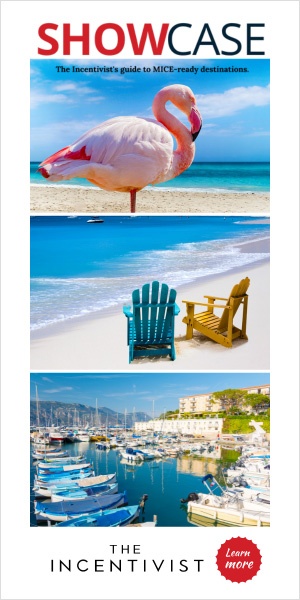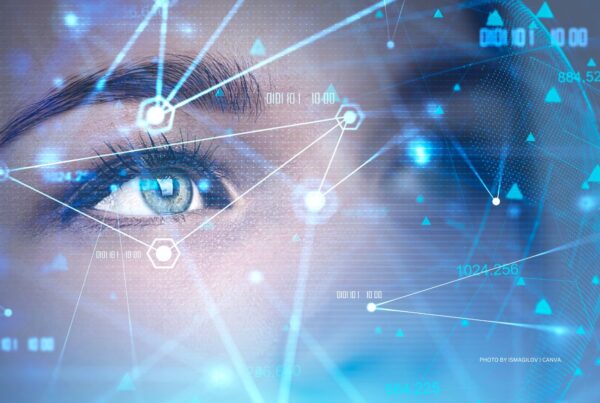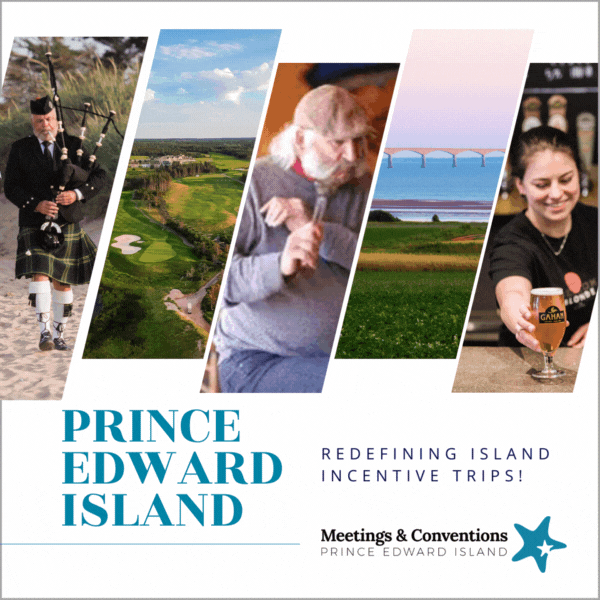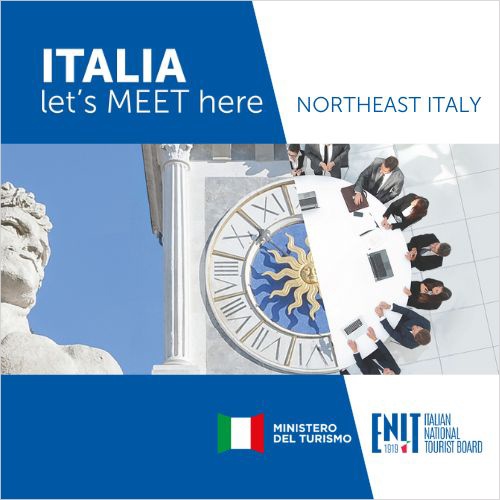Higher costs continue to be the number one challenge for planners, followed by budget management, according to the results of Global DMC Partners’ Q4 2023 Meetings & Events Pulse Survey. Other challenges include finding availability, timely approval from decision-makers, contract negotiations, responsiveness and service levels.
The report, which was released today, is based on 246 survey responses collected throughout December 2023 and January 2024. The survey polled meeting and event professionals, the majority of whom are U.S. and Canada-based, with 27 percent in Europe. Respondents were divided between corporate/direct planners (31 percent), agency/third-party planners (39 percent) and 30 percent Other (freelancer, supplier).
Highlights from the responses included:
- Planners are employing diverse strategies to offset rising expenses, including reducing F&B spending by providing attendees with meal vouchers or dining gift cards, building in more leisure time and reducing the number of overall events.
- The post-pandemic landscape has led to more than half of respondents reporting shorter lead times, with 12 percent executing events in less than three months and 29 percent organizing events within a four to six-month time frame.
- International respondents have a greater focus on diversity, equity and inclusion (DEI) integration, with 50 percent of international organizations incorporating DEI elements into at least half of their programs, versus 35 percent in the U.S. and Canada.
- Reducing plastic usage and waste is the primary sustainability goal across all respondents.
- Chatbots dominate the MICE industry adoption of artificial intelligence (AI) tools.
Higher costs & stagnant budgets
In the midst of persistent cost challenges, a significant percentage of planners faced budget stagnation for meetings and incentives in 2023, with 44 percent and 52 percent indicating no change respectively. Looking ahead to 2024, over 30 percent of planners expect an increase in meetings and incentives budgets, but on average, 50 percent of planners foresee that their meetings and incentives budgets will remain the same from 2023 to 2024.
“We are aware that many of our partners are dealing with clients who are facing pressure to maintain budgets despite increasing costs, creating tension between financial constraints and rising expenses,” said Catherine Chaulet, president and CEO, Global DMC Partners (GDP). “We know from the survey that because of this challenge, various strategies are being implemented; for example, over a third of planners frequently opt for different destinations based on price. This will likely remain an ongoing challenge for the foreseeable future, so it’s important we help support the diversification of approaches.”
While incorporating strategies such as reducing attendee numbers and the total amount of events held, the majority of respondents did not report deciding to change in-person programs to virtual programs. Reasons include the value of hosting in-person events and the meaningful connections that can be made face-to-face. Later on in the survey, some express difficulties in seamlessly integrating virtual elements into in-person gatherings because of complexity and cost associated with hybrid setups.
Destination criteria
When sourcing destinations for programs, planners navigate diverse factors. The primary focus is destination pricing, covering costs such as F&B, accommodations and taxes; however, perceived experience and property quality follow. Following that, flight costs and availability, destination safety and geopolitics all ranked closely.
Lead times
Survey results highlight a range of planning timelines with 12 percent executing events in less than three months and 29 percent favoring a four to six-month lead time. As the event landscape continues to evolve post-pandemic, a significant 55 percent of respondents report shorter times, while 30 percent note lead times remaining about the same. Some planners experienced the opposite, noting that lead times increased from one to two years out as it’s more difficult to find the right hotel with enough availability. Respondents noted that accommodating remote/hybrid attendees can sometimes affect the planning process, with 19 percent acknowledging a direct influence.
Diversity, equity and inclusion (DEI) practices
In response to the question “How often is your organization or your clients’ organizations incorporating DEI and accessibility elements into programs?”, forty percent of planners report incorporating DEI elements in at least half of their programs, while only six percent report that they never do. A wide range of practices are incorporated, including diversity training, diverse hiring practices, respectful work environments, encouraging open conversations and feedback from staff, as well as booking accessible venues and featuring diverse speakers at events. In terms of differences based on geographic location, 25 percent of international organizations report incorporating DEI elements in every program, showcasing a 10 percent difference compared to the 15 percent in the US/Canada. Conversely, in the U.S. and Canada, 27 percent reported rarely implementing DEI, a six percent difference compared to the international respondents. In the U.S. and Canadian regions, 35 percent of planners incorporate DEI elements in at least half of their programs, whereas 50 percent of international respondents incorporate DEI elements into at least half of their programs.
Sustainability
Responses on sustainability practices reveal diverse commitment levels and approaches between the U.S. and Canadian and international responses. While 43 percent of U.S. and Canadian respondents incorporate sustainability in at least half of their programs, 57 percent of the international respondents report the same. Additionally, 8 percent of organizations in the U.S. and Canada indicated that they do not integrate sustainability practices, whereas only two percent of their international counterparts reported the same. Reducing plastic usage/waste stands out as the foremost sustainability goal for organizations internationally and in the US/Canada. Following closely are priorities such as reusing/recycling event materials and opting for locally sourced food.
AI Tools
The adoption of AI tools in the industry also showcases significant differences between the U.S. and Canada and international responses, with a higher adaptation rate internationally. In the U.S. and Canada, 25 percent of organizations have embraced AI tools, whereas internationally, a comparatively higher 38 percent indicate active usage. Conversely, 70 percent in the U.S. and Canada and 56 percent internationally have yet to incorporate AI tools. Chatbots are widely used in both sectors, with over 80 percent adoption. Grammar checkers and rewording tools are 15 percent more preferred in the US/Canada than internationally. The U.S. and Canada also favor image generation tools by 18.3 percent, while international respondents have a 15 percent higher usage of video creation tools.















